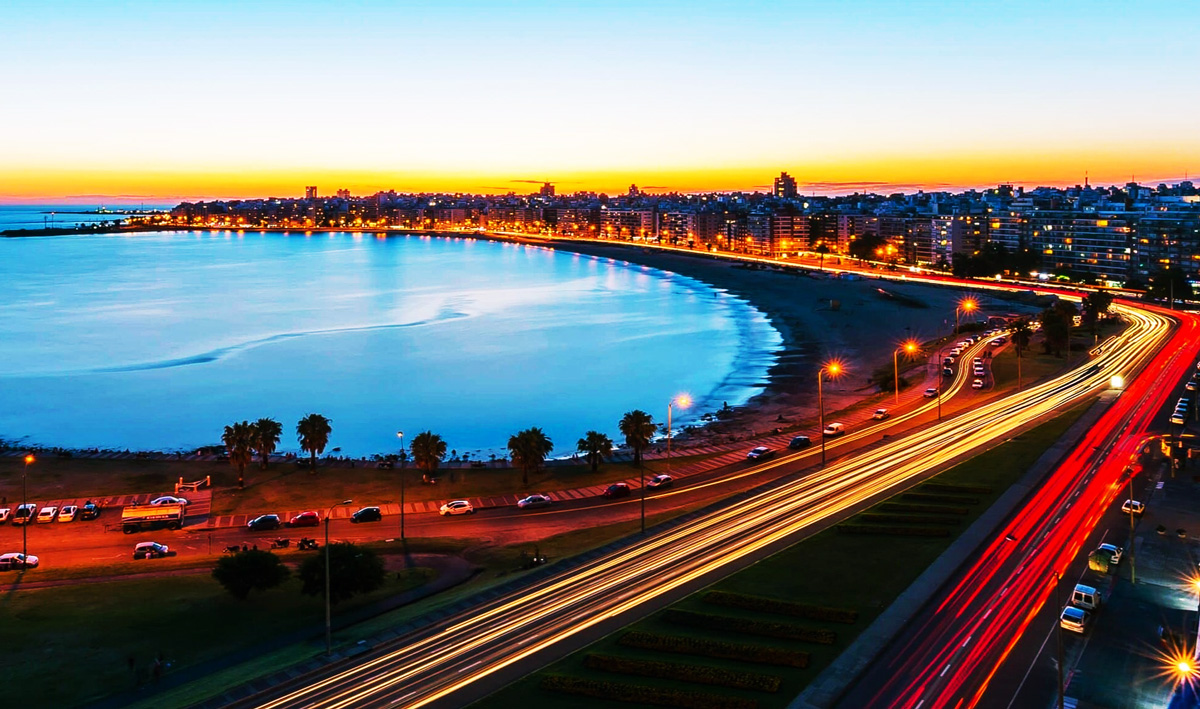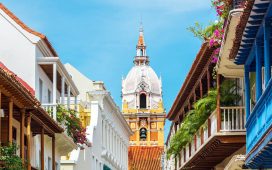Montevideo, Uruguay’s laid-back yet vibrant capital, is a city that unfolds slowly, inviting travelers to savor each moment. Nestled along the Río de la Plata, it’s a place where colonial architecture stands beside modern towers, beaches blend seamlessly with boulevards, and the rhythm of tango drifts through the air. It feels both cosmopolitan and relaxed, a city where life is enjoyed at a gentler pace. For those who seek culture, seaside strolls, and hidden charms, Montevideo is a destination that rewards curiosity.
History & Heritage

Montevideo’s history begins in the early 18th century, when the Spanish established a fortress to defend the bay against Portuguese incursions. Over the centuries, the city grew into a vital port and a hub of trade. The Ciudad Vieja (Old Town) preserves echoes of this past, with cobblestone streets, colonial plazas, and Art Deco facades. The city has been shaped by waves of immigrants, especially from Spain and Italy, creating a cultural mosaic that defines its character today. From independence battles to its status as Uruguay’s political and cultural heart, Montevideo’s heritage is woven into every street and square. This layered history makes the city a living museum of South American resilience and transformation.
Landmarks & Architecture
Montevideo’s urban fabric is a mix of the old, the eclectic, and the bold. From ornate colonial buildings to modernist towers, the city’s skyline reflects its evolving identity across centuries.
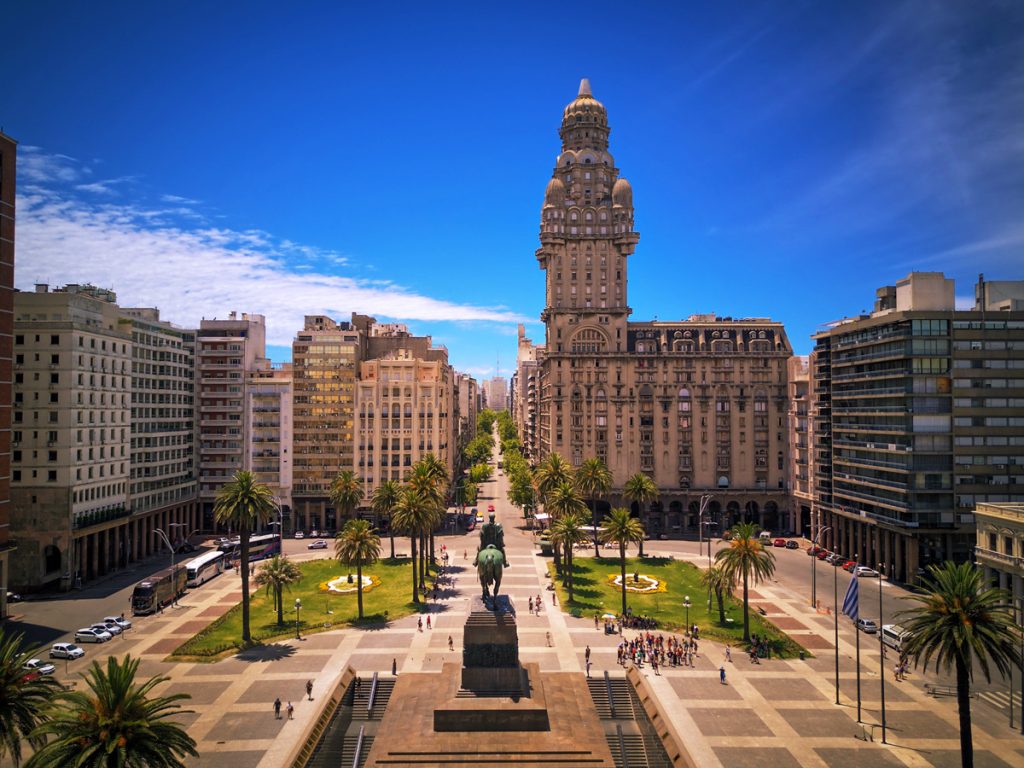
- Ciudad Vieja & Plaza Independencia – The historic core, anchored by the grand Plaza Independencia and its statue of General Artigas, leads into the atmospheric Ciudad Vieja with its mix of colonial and early 20th-century architecture.
- Palacio Salvo – Once the tallest building in South America, this 1928 landmark combines Gothic and Art Deco influences and dominates the skyline with its distinctive silhouette.
- Teatro Solís – Built in 1856, this neoclassical theater is one of the most important cultural venues in South America, offering both performances and guided tours.
- Rambla de Montevideo – The city’s famed 22-kilometer waterfront promenade is as much a landmark as a lifestyle, drawing joggers, families, and lovers to its riverfront sunsets.
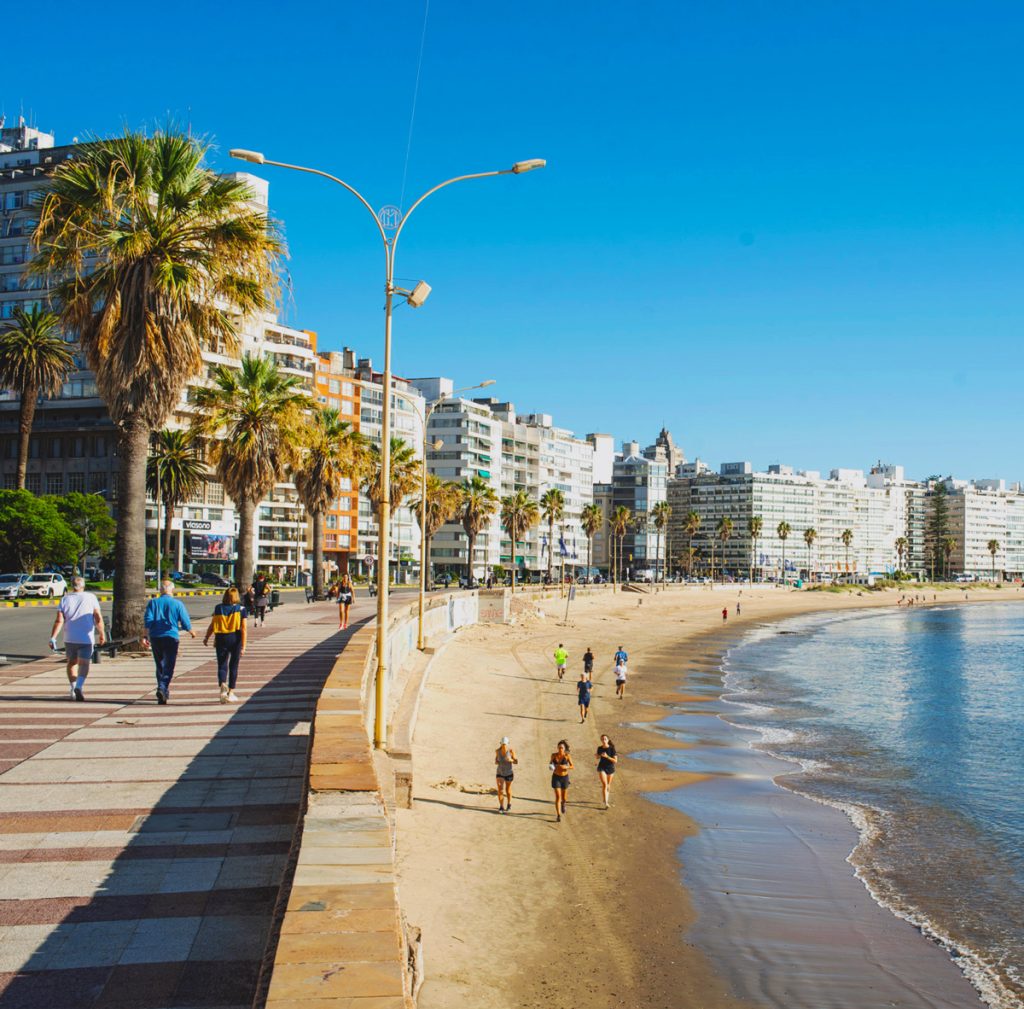
Museums & Culture
Montevideo has a cultural richness that surprises and delights. The city balances its deep artistic traditions with a modern creative energy that makes its cultural life dynamic and ever-evolving.
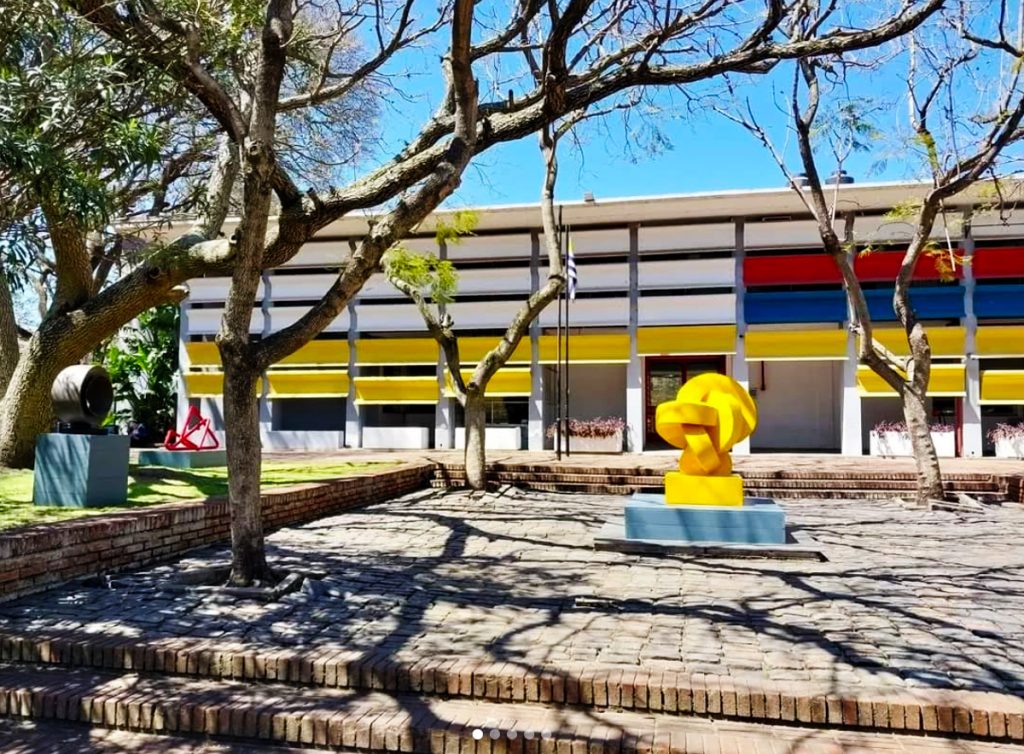
- Museo Nacional de Artes Visuales – Home to Uruguay’s most important art collection, including works by Joaquín Torres García.
- Museo Torres García – Dedicated to the influential modernist painter, this museum offers insight into Uruguay’s place in global art.
- Mercado del Puerto – More than a market, this 19th-century iron-roofed hall is a temple to Uruguayan asado and culture, with parrillas, crafts, and music filling its lively space.
- Barrio Sur & Palermo – Neighborhoods where candombe, Uruguay’s Afro-Uruguayan rhythm and dance, is kept alive, especially during Carnival season.
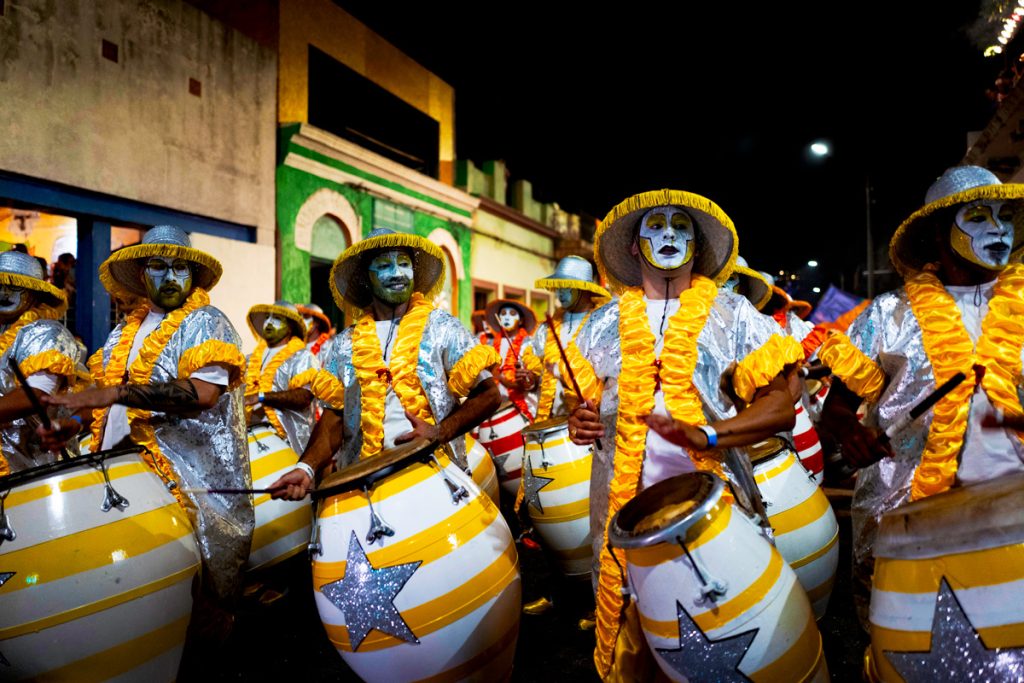
Hidden Gems
Montevideo rewards those who wander off the main path. Beyond the highlights, the city hides fascinating corners that reveal its playful spirit and creative soul.
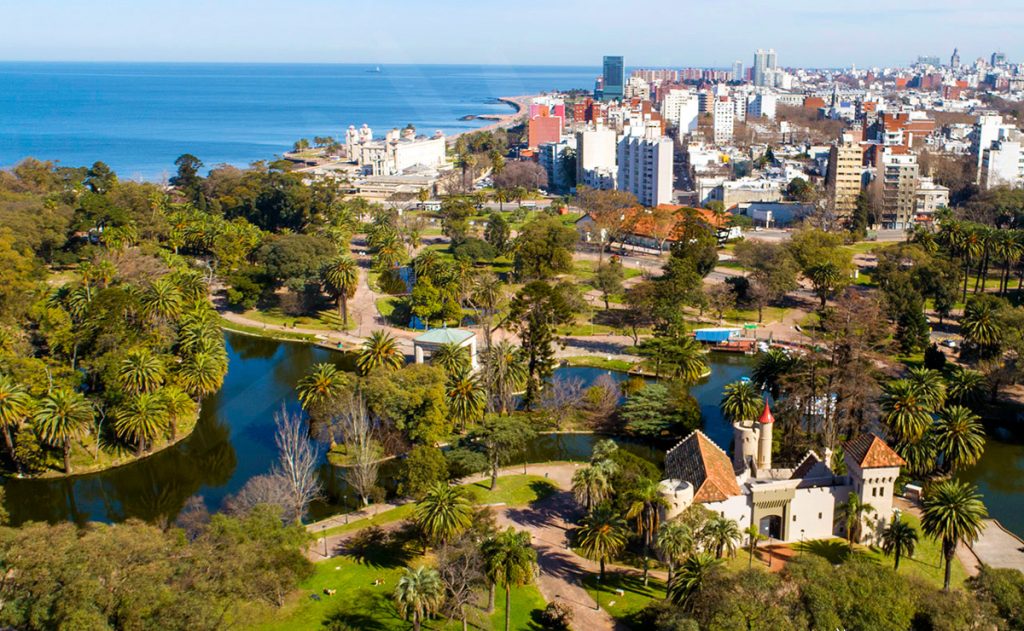
- Parque Rodó – A leafy urban park with lakes, sculptures, and weekend artisan fairs.
- Antel Tower Viewpoint – Uruguay’s tallest building offers panoramic views of the city and coast.
- Feria de Tristán Narvaja – A sprawling Sunday street market where antiques, books, and curiosities mingle with fresh produce.
- Castillo Pittamiglio – A mysterious, eclectic mansion filled with symbolic architecture and legends, perfect for a quirky visit.

Outdoors & Nature
Montevideo’s lifestyle revolves around the outdoors, and nature is never far. From its golden beaches to its leafy parks, the city is an open-air playground for relaxation and activity.

- Playa Ramírez & Playa Pocitos – Popular city beaches for sunbathing, swimming, and volleyball.
- Rambla Biking & Walking – The city’s waterfront boulevard is the ultimate outdoor playground.
- Botanical Gardens – A quiet refuge showcasing native and exotic plants.
- Parque Batlle – A vast green space with monuments, including the striking Estadio Centenario, birthplace of the first FIFA World Cup.

Food & Dining
Uruguayan cuisine is hearty, flavorful, and social—centered around grilled meats and local wines. In Montevideo, dining is more than a meal; it’s a cultural ritual that brings people together around the table.
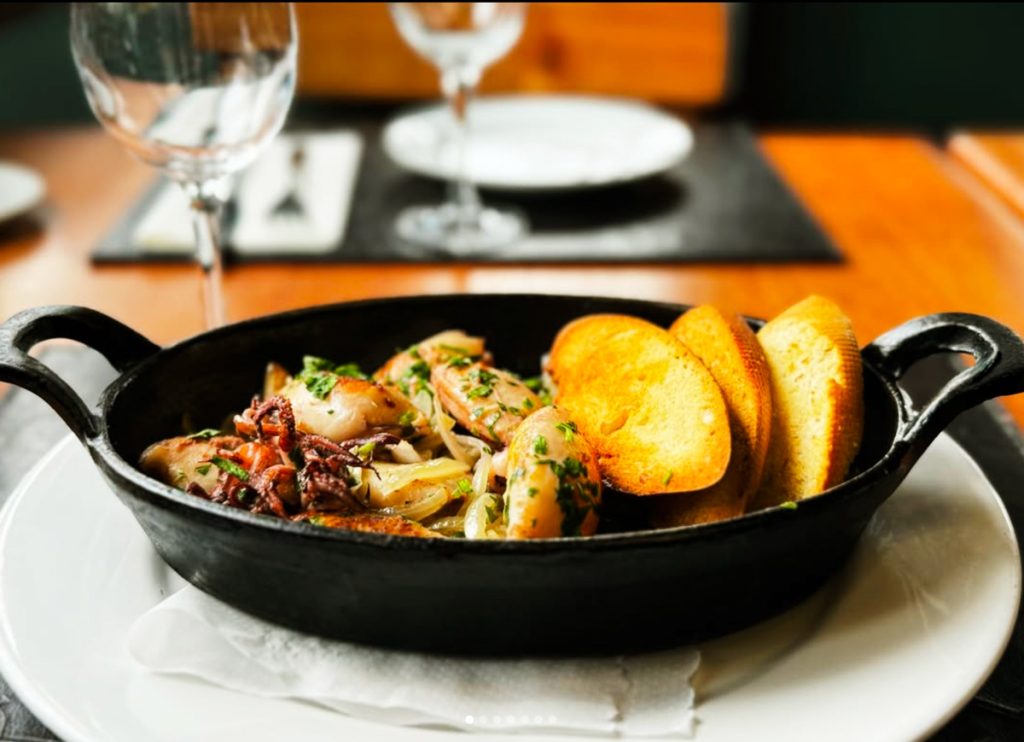
- Luxury: La Perdiz – A stylish restaurant near Pocitos known for its prime steaks and fine wines.
- Mid-Range: El Palenque – Inside Mercado del Puerto, this parrilla is famed for its sizzling asado and convivial atmosphere.
- Budget: Bar Facal – A classic Montevideo café serving chivitos (the national steak sandwich) and delicious dulce de leche desserts.
- Special Pick: Jacinto – A modern spot in Ciudad Vieja offering fresh, contemporary dishes with local ingredients.
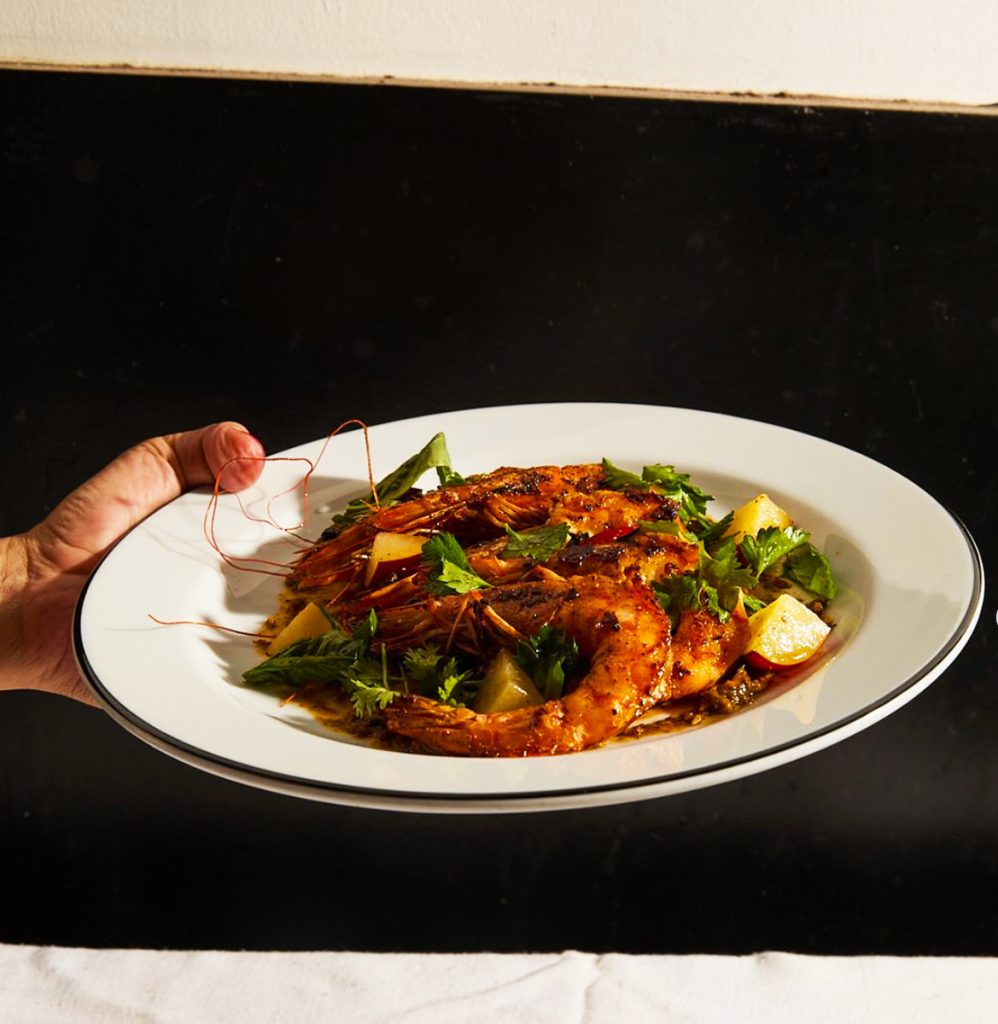
Where to Stay
Montevideo offers a wide range of accommodations for every type of traveler. Whether you’re seeking luxury, comfort, or a social hostel vibe, the city has a stay to match your style.
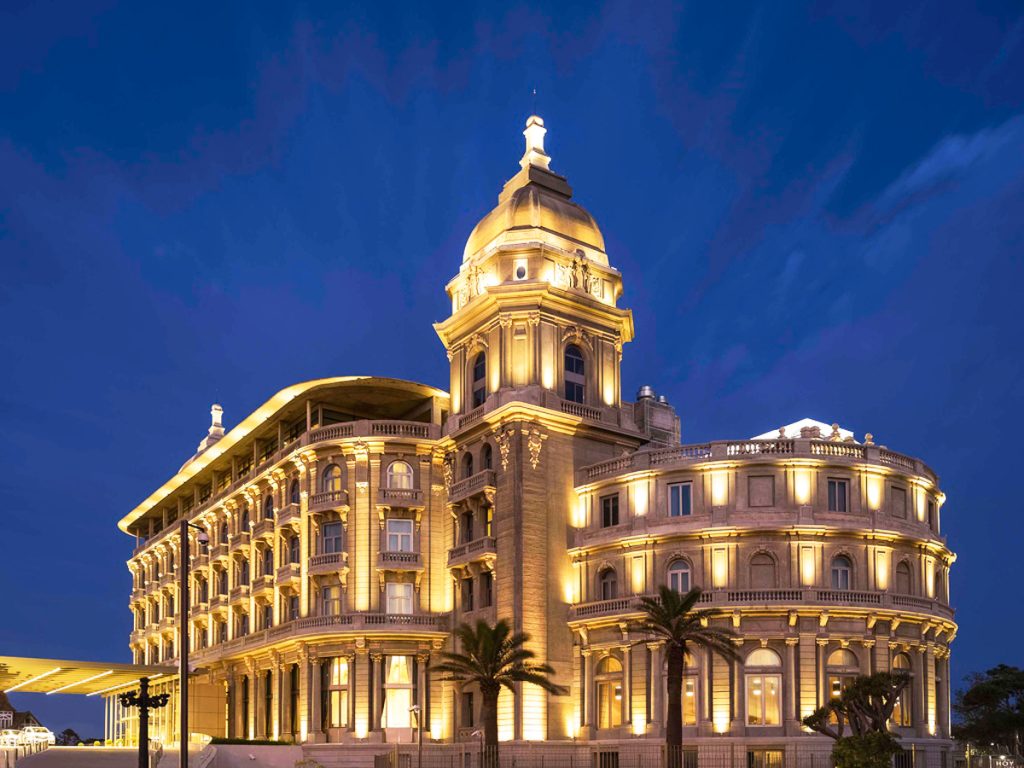
- Luxury: Sofitel Montevideo Casino Carrasco & Spa – A historic beachfront palace offering elegance and indulgence.
- Mid-Range: Smart Hotel Montevideo – Stylish and central, with easy access to both Ciudad Vieja and the Rambla.
- Budget: Viajero Montevideo Hostel – A lively, social stay in the Old Town, perfect for backpackers.
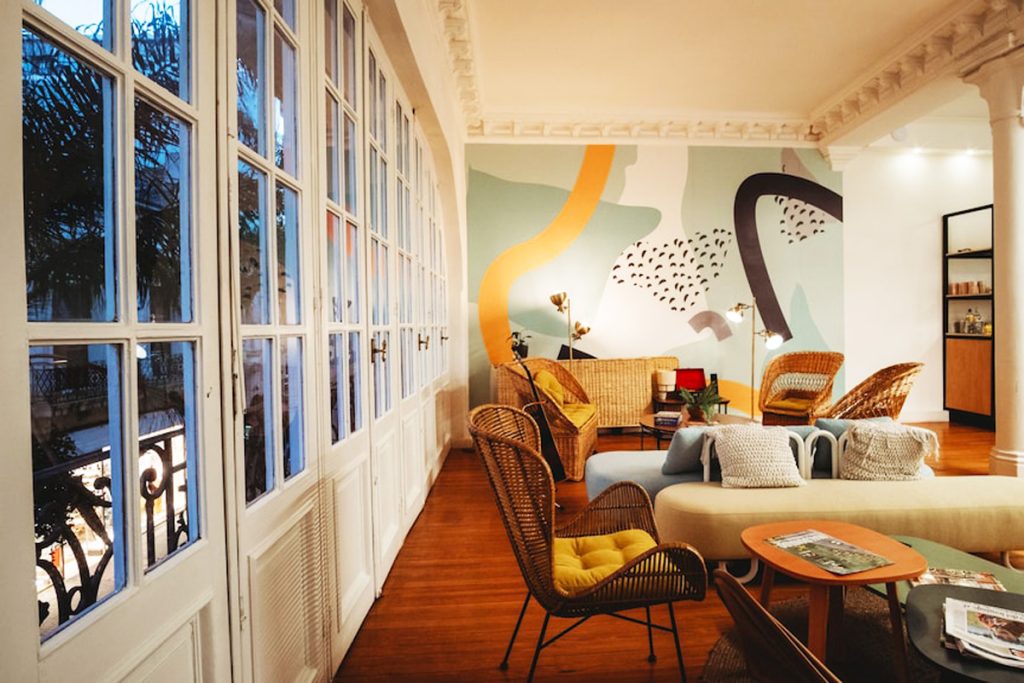
Day Trips
Montevideo’s central location makes it easy to explore Uruguay’s treasures. From historic towns to glamorous beaches and vineyards, the options for day trips are as varied as they are rewarding.
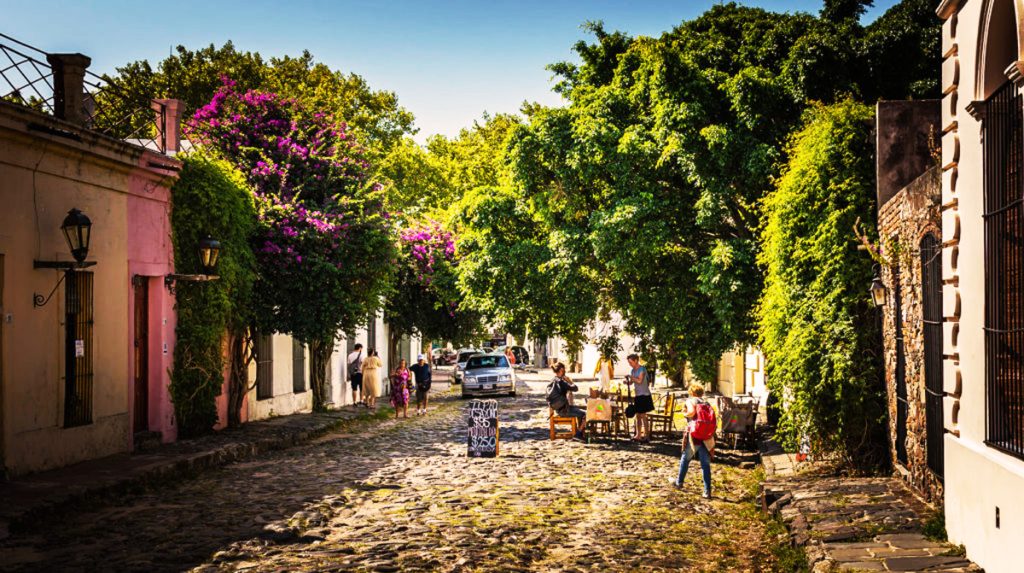
- Colonia del Sacramento – A UNESCO-listed town with cobbled streets and Portuguese colonial charm, just a ferry ride away.
- Piriápolis – A seaside town with beaches, a hilltop sanctuary, and old-world charm.
- Punta del Este – Uruguay’s glamorous beach resort, famed for its nightlife, beaches, and the “Hand in the Sand” sculpture.
- Canelones Wine Region – Sample Uruguay’s signature Tannat wines at vineyards just outside the city.

Spotlight: Ciudad Vieja – Montevideo’s Historic Heart
Ciudad Vieja is the soul of Montevideo. Once walled to protect against pirates, today it is a lively mix of history, culture, and creativity. By day, you can explore centuries-old cathedrals, neoclassical buildings, and leafy plazas that whisper of the city’s colonial past. By night, the neighborhood pulses with bars, tango halls, and live music, where Montevideanos gather to celebrate life. Every street tells a story—of immigrants, artists, revolutionaries, and dreamers.
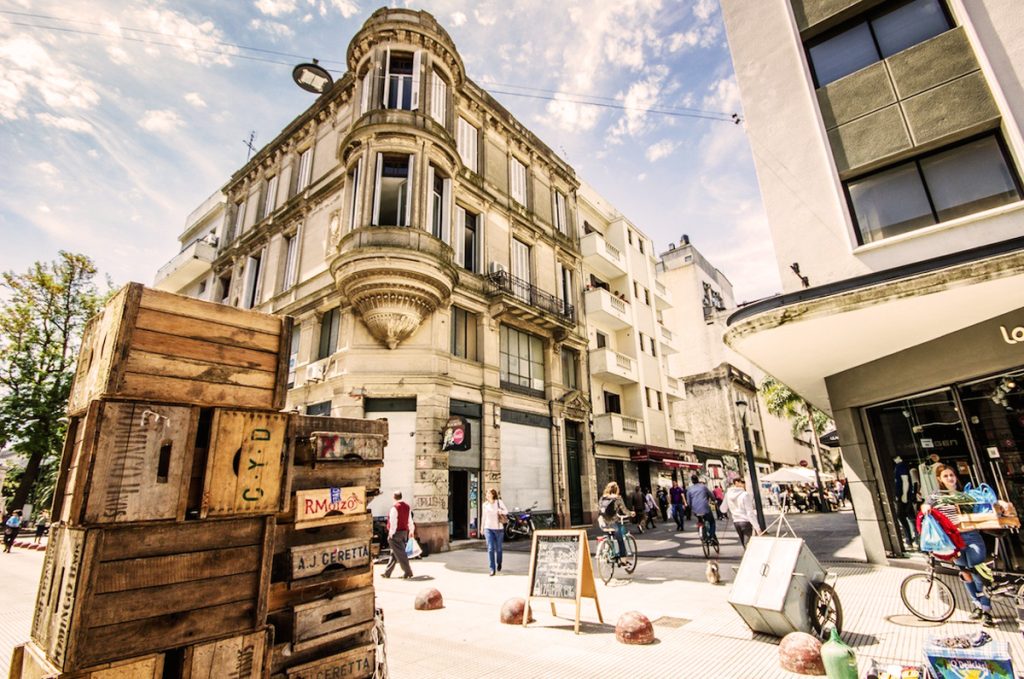
To walk through Ciudad Vieja is to experience Montevideo in its purest form: layered, living, and always inviting. Beyond the architecture and nightlife, the neighborhood is also home to cutting-edge art galleries, quirky cafés, and open-air performances, making it a place where past and present meet in a vibrant dialogue.

Final Thoughts

Montevideo doesn’t demand your attention—it earns it. It’s a city best enjoyed slowly, with a glass of Tannat in hand, watching the sun set over the Río de la Plata. It’s where tradition and modernity meet, where music and dance echo from every corner, and where every visitor feels a little bit like a local. For those looking to discover Uruguay’s heart and soul, Montevideo is not just a stop—it’s a feeling. And once you’ve been, the memory of Montevideo lingers like a melody you’ll always want to hear again.

